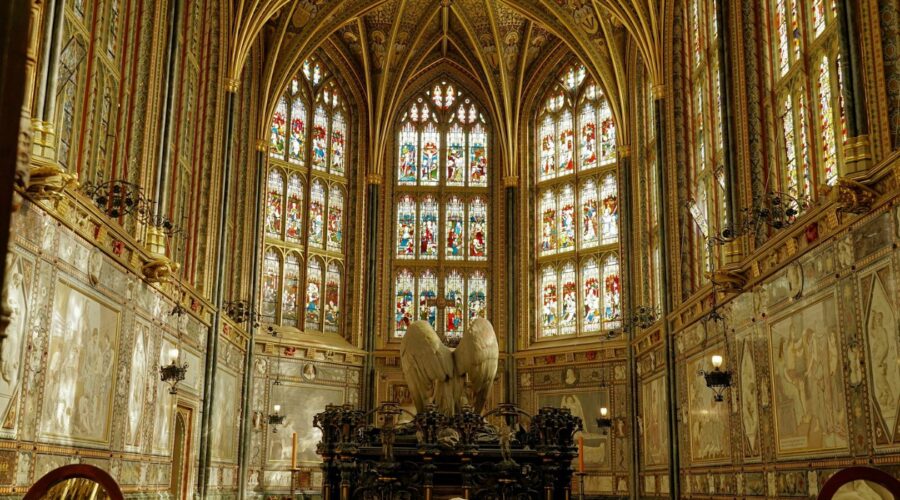Your cart is currently empty!
Discover the Historic and Spiritual Grandeur of St. John Lateran in Rome

Nestled in the heart of Rome’s historic center, St. John Lateran stands as a testament to the profound religious and architectural heritage of the Eternal City. This majestic basilica holds the esteemed title of the Cathedral of Rome, the eldest and most important of the four papal basilicas. In this comprehensive guide, we delve into the captivating history, architectural marvels, and other fascinating aspects of St. John Lateran.
A Journey Through History
The origins of St. John Lateran date back to the time of Emperor Constantine I in the fourth century AD. Built on the site of the Lateran Palace, which was gifted to the Church by the emperor, the basilica became the papal residence and the administrative hub of the Catholic Church. Throughout its rich history, St. John Lateran has undergone numerous renovations and extensions, each reflecting the architectural styles of the respective eras.
Architectural Splendor
St. John Lateran’s imposing facade, designed by Alessandro Galilei in the 18th century, features a majestic portico adorned with statues of Christ, the Apostles, and St. John the Baptist. The interior of the basilica is breathtaking in its grandeur, boasting a vast nave with towering Corinthian columns. The apse, adorned with exquisite mosaics, depicts scenes from the life of Christ and the Virgin Mary.
Highlights of Architectural Significance:
- Baldacchino: Created by Francesco Borromini, this elaborate canopy over the high altar is a masterpiece of Baroque architecture.
- Cloister: The tranquil Cloister of St. John Lateran, designed by Vassalletto in the 13th century, features beautiful Gothic arches and intricate cosmatesque flooring.
- Baptistery: The adjacent Lateran Baptistery, one of the oldest baptisteries in Christendom, features a large porphyry baptismal font and stunning mosaics.
Religious Significance
As the Cathedral of Rome, St. John Lateran holds immense religious significance for the Catholic Church. The pope presides over official ceremonies and functions in the basilica, making it the center of papal liturgy. The Lateran Palace, adjacent to the basilica, houses the papal apartments, synod halls, and administrative offices.
Holy Relics and Shrines:
- Holy Table: Tradition holds that the table used by Christ and his disciples at the Last Supper is enshrined beneath the high altar.
- Chains of St. Peter: Allegedly held within the basilica are the chains that bound the apostle Saint Peter during his imprisonment in Jerusalem.
Visiting St. John Lateran
Visitors to St. John Lateran are encouraged to take guided tours to delve into the basilica’s rich history and artistic treasures. The basilica is easily accessible by public transportation and is open to the public daily, with free admission. Guided tours are available upon request.
Practical Information:
| Address: | Piazza San Giovanni in Laterano, 4, 00184 Roma RM, Italy |
| Hours: | Monday-Sunday: 7:00 AM – 6:30 PM |
| Guided Tours: | Available upon request (fee required) |
Whether you seek spiritual inspiration, historical enlightenment, or architectural marvels, St. John Lateran is a destination that will captivate and inspire. Its rich history, artistic treasures, and religious significance make it an essential destination for travelers and pilgrims visiting Rome.